
13.12.2021
From Guatemala, communicator and journalist Alejandro Ortiz interviews artists Numa Dávila and Esvin Alarcón Lam about the forms of enunciation and artistic resistance they carry out in Cuirpoétikas and Imaginary Pagoda respectively.
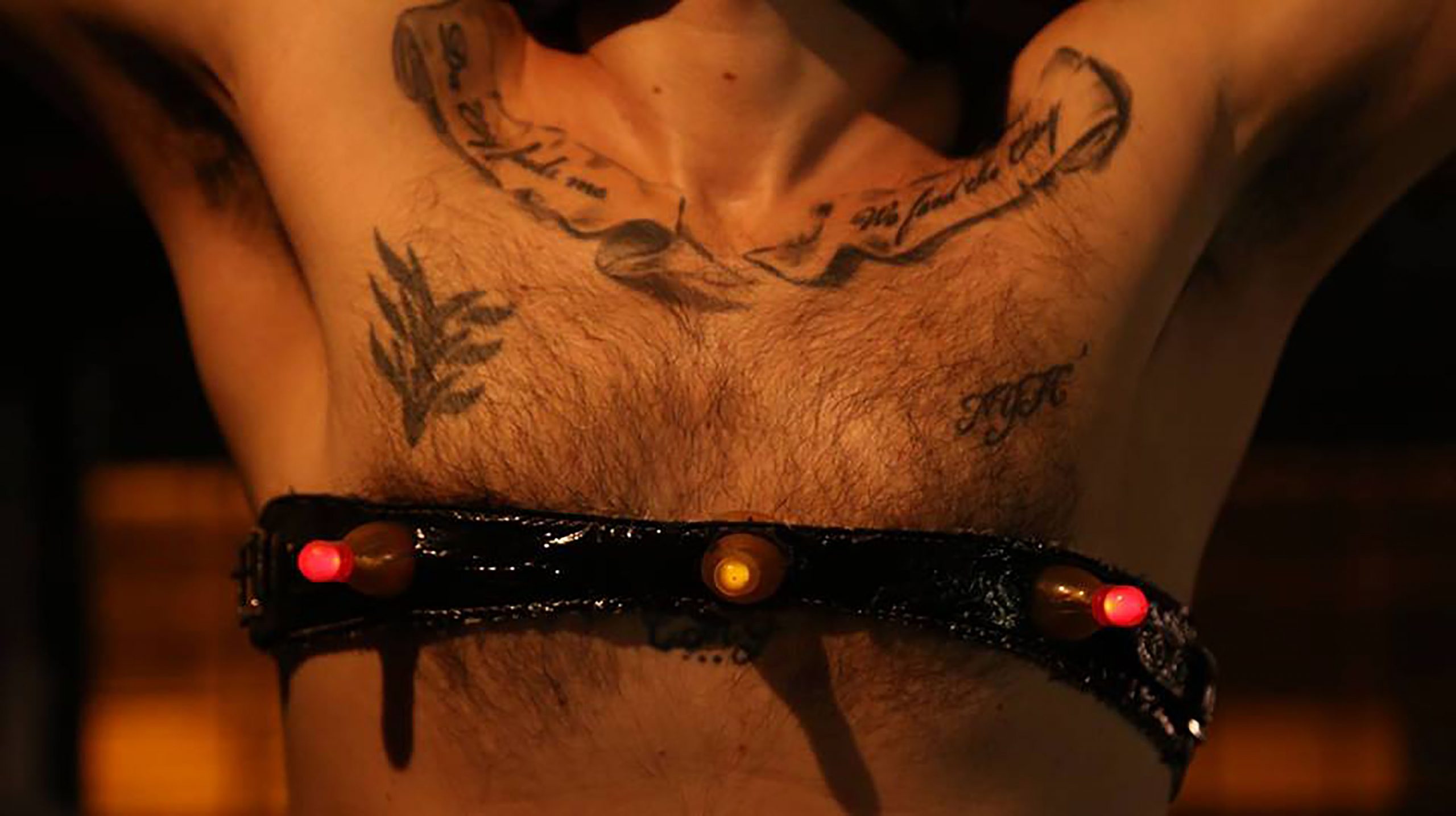
Inhabiting the space/time called Guatemala is almost a feat if we consider the historical conditioning factors of a social imaginary shaped by political, economic, racial, sexual and gender gaps. Pointing out these intersections is necessary when trying to explain what this territory is, or what it is that we call a “country”. It is also a reminder of the civilizational crisis causing fissures and, consequently, a need for contestation.
Within this context, there is a confabulation of positions from creation and artistic manifestations which have responded to the subjective experiences of those who inhabit the space, and in particular, of those who claim to be from the peripheries. Cuirpoétikas and Imaginary Pagoda platforms are part of this premise.
Numa Dávila, who has studies in Anthropology and is a cultural manager, defines Cuirpoétikas as a network of “free accomplices”, since 2016 they have worked to generate spaces for artistic training and experimentation, in places of exchange between trans, gender nonconforming, non-binary, diverse people, as well as sexual and bodily dissidents, located in the territory of Guatemala. At this historical moment, Cuirpoétikas could be seen as the utopia never thought of by those who were razed to the ground in the past, during such brutal episodes as the internal armed conflict. [1]
Towards the present, and in the same location, Imaginary Pagoda is presented as an independent artistic residence, through which the artist and manager Esvin Alarcón Lam has been developing exchange, research and experimentation projects for artistic knowledge since 2018. They propose “other forms of relationship” between people linked to contemporary debates.
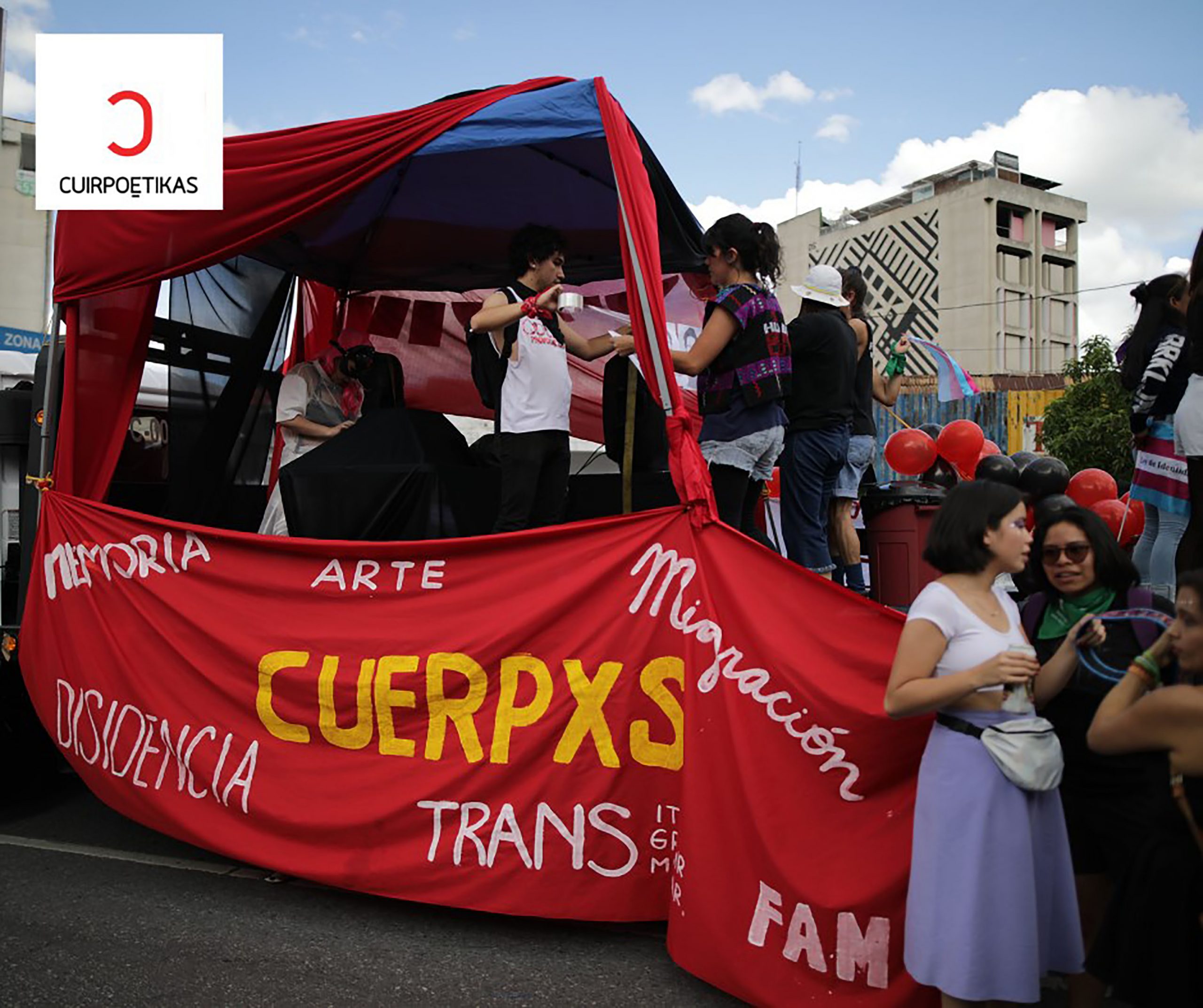
Alejandro Ortiz (AO): Cuirpoétikas and Imaginary Pagoda arise in a context crossed by socio-political, gender, sexual and economic violence. What positions have you named from the operativity of these actions, being them located in a periphery limited by a hostile framework?
Numa Dávila (ND): In Cuirpoétikas speaking from our experiences is the political base. The initiatives began to position themselves as a critique of the way in which the sexual diversity communities were centralized in the form of non-governmental organizations, as a form of political activism; something quite situated in the desire of the state to which we wanted to say: No! There are many people within the sexual-gender diversity community dedicated to that activism, but from the platform we wanted to make activations from a political framework of incidence in the imaginaries through the arts. The idea is to point out the way to transform those narratives and position others that have emerged from questions about the body, gender and sex. It also seeks to bet on narratives that want to maintain pleasure as a basic necessity of life. This has moved us to generate meeting spaces, where we can have reflections or see images around corporealities we often do not imagine from the binary and traditional heterosexuality.
(AO): They reveal a kind of counter-response to the entities producing dialogues from “the arts” in Guatemala. What precepts do the forms of Cuirpoétikas and Imaginary Pagoda disobey?
(EAL): Those who come to Pagoda know it is not a typical residence. There is a flexibility in staying within the physical space and extending the stay. I think many times the more time you have, there is a space for enjoyment and for other unplanned things to happen, which is the “magical” part of the space. Imaginary Pagoda is an independent project.
I believe it arises from resistance to sadness and rebellion against mediocrity, it seeks to arise empathy, even with its conflicts: the possibility of imagination in spite of everything.
We provide an opportunity to create because in the country there are those who deserve to have a space for dialogue and thought, despite all the turmoil surrounding us. We also offer an opportunity for creative capacity beyond the restrictions of the white cube and its mercantile dimension. In addition, the residence is located on a terrace from which you can see the city; you are not abstracted and that gives rise to an appreciation of the differences.
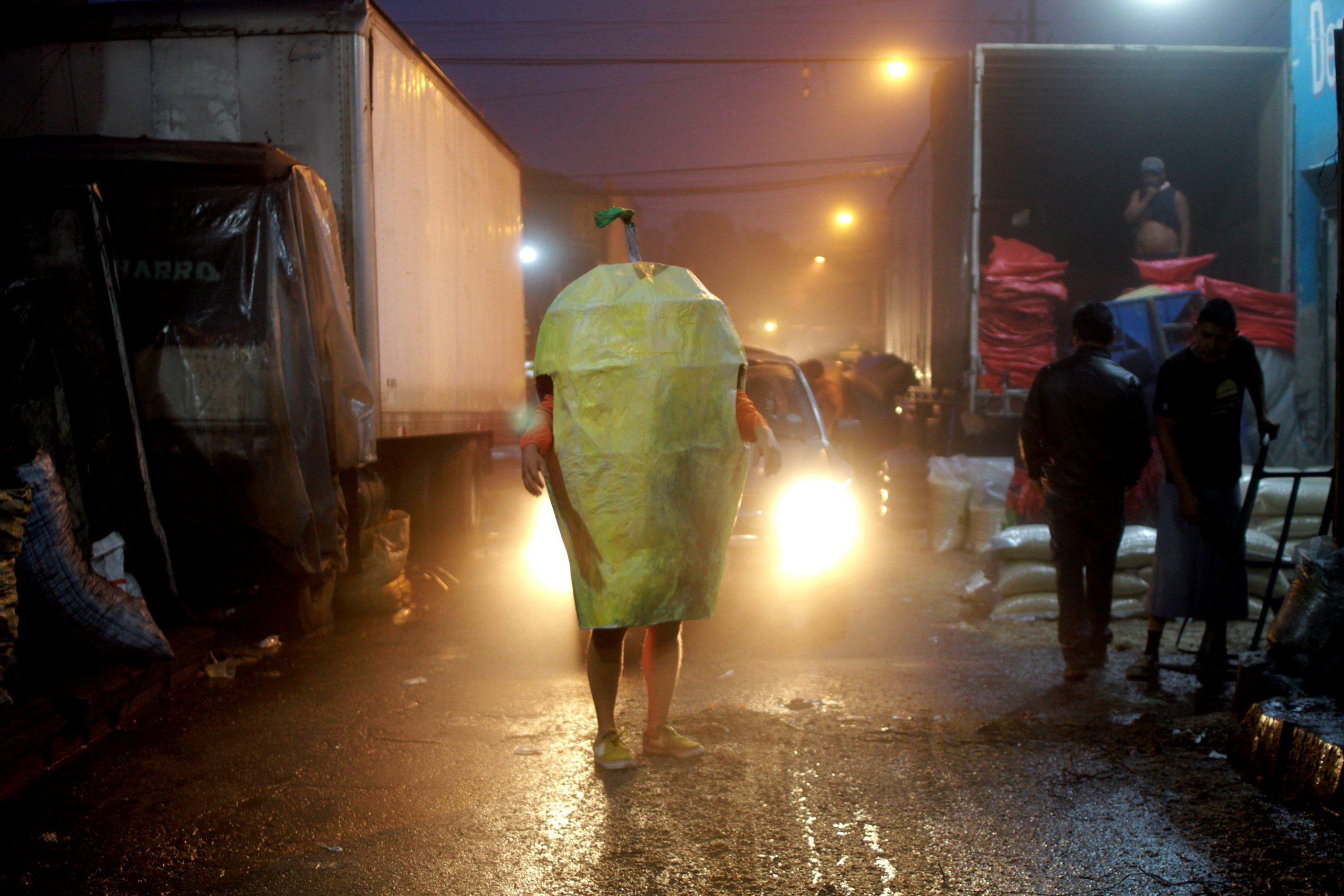
(ND): I feel Cuirpoétikas’ bet is a disobedience to the cis-heteronormative, hegemonic white-criollo-Ladino-mestizo scenario we have seen in the art circuit and we have encountered since 2010 and up to date. I do not see it as a rebellious disobedience, but as the bet of a political imagination concerning the fact that our corporealities exist and demand spaces. You cannot talk about Cuirpoétikas without talking about sister-friends like La Macha Fanzine, who placed the category of sexual dissidence from the arts and aesthetics of disgust, of the dirty, of what in Guatemala wants to be sanitized in art spaces. In fact, when we emerged, it happened from a rebelliousness of not wanting to talk to those spaces. We did not need to be legitimized. After the first edition of the Cuirpoétikas Festival, people from these places came to see the exhibition. In the approaches they said they wanted to take the exhibition to certain spaces, but they could not show all the works. However, for us it is not negotiable to make up the political language of Cuirpoétikas. Our disobedience seeks to change ethical and affective practices. Another characteristic of the space is that we do not assume ourselves as a collective, but as free accomplices; something that has to do with a zone of collusion, but also of maintaining the freedom of our respective singularities. There is also the self-management of resources for individual support which has helped us to build through exchanges or barters, seeking to recognize artistic work and dignify it.
(AO): You speak of a break with the hegemonic idea of what deals with filmmakers and collaborators imply. How do you manage to expand the spaces even with economic limitations?
(ND): I believe the calls facilitate the expansion of a network and transcend geographical limits to dialogue with other subjectivities, cultures, and the experiences of other bodies, genders and sexualities. In the early years, Cuirpoétikas functioned autonomously with its own resources. Then we began to be beneficiaries of an amount from the Central American Women’s Fund, which has helped us to carry out more activities. Thanks to this resource, in the context of the pandemic, we made an adjustment to promote direct support initiatives. The first was a call launched in the context of the covid-19 crisis to support Latin American artists with an economic resource to exhibit their work at the festival. Economic support was also mobilized at the local level because we know the need to eat, pay rent, pay for medicine or transportation have prevailed. Some call it “artivism”, but I don’t think we do it. We see the support as a matter of solidarity and political redistribution, which has allowed us to meet other corporealities and get to know different contexts of sexual dissident populations in the city and beyond.
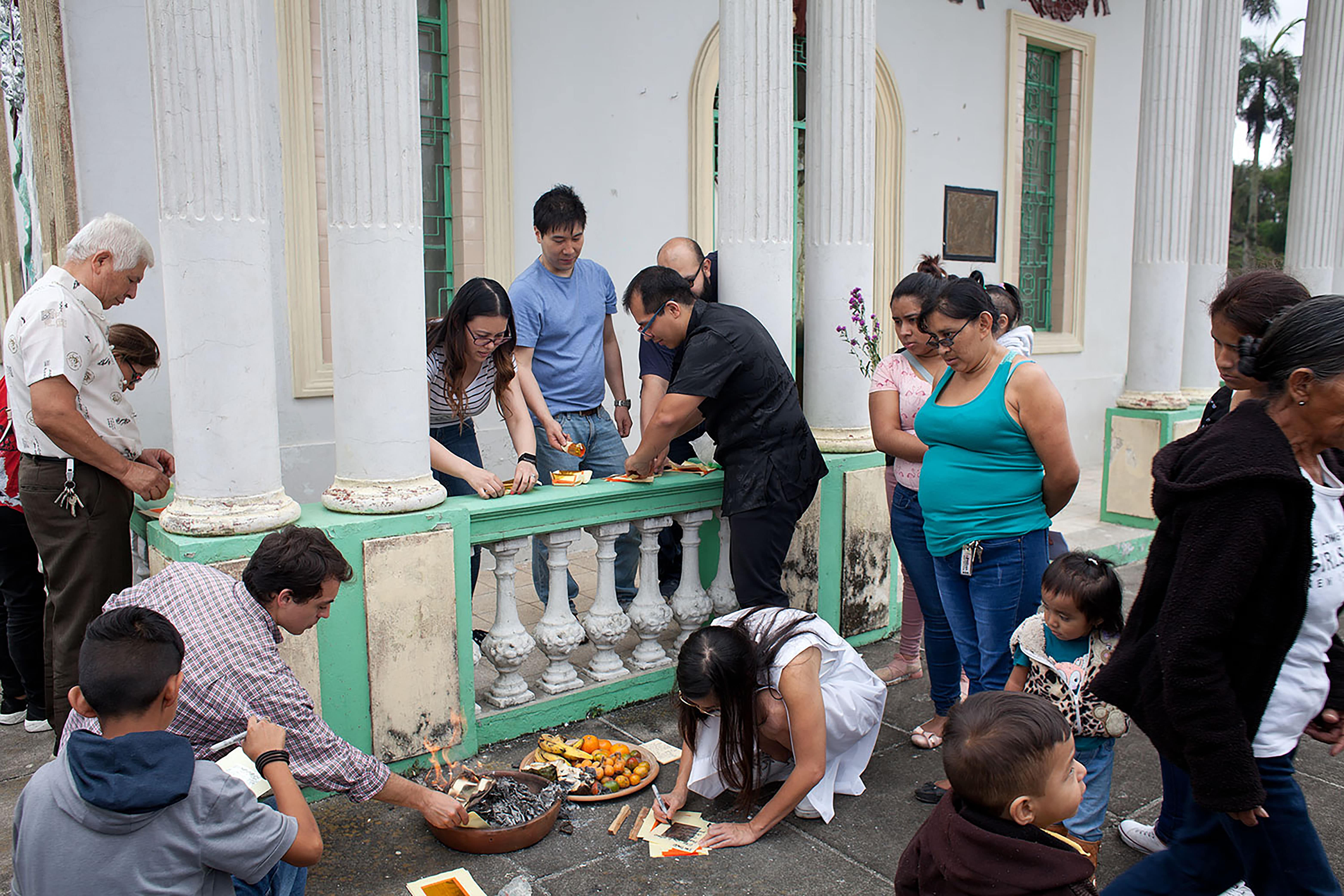
(EAL): Imaginary Pagoda is literally that: spaces of immaterial exchange; something that can also happen in public space and elsewhere. The artistic processes taking place in the residency come from the creation of each guest and their particular relationship with the spaces. The works provoke counterpoints and therefore they are often seen as “unnecessary things” from the utilitarian life to which we are accustomed, when in fact they have the ability to generate thoughts or questions.
(ND): I think the activation of these popular-urban spaces has been very important for us. While we try to put the themes in dialogue with the communities and meeting points, we also try to create disruptions and discontinuities in these spaces in order to produce a moment in the imagination and memory of the subjects passing through them. They also become a possibility to narrate and reimagine the spaces with other symbolic contents, as forms of reappropriation, healing or even profanation. An important issue in this context is that the processes of materialization of our appearances have to do with elements such as the conceptual and symbolic proposal of the work to be presented, but also with the safety of the artists and the collective, the free access, or the fact that the places allow us to maintain the freedom of our artistic bets. So, at some moments what determines the decision of where the activities take place has to do with the conjunctural and the context.
(AO): At this point, what would you say are the images that have been revealed from both proposals, considering the geographical, community and operational implications that may (or may not) underlie the context of “the arts” in Guatemala?
(EAL): I think that something we have learned in the almost three years of Imaginary Pagoda’s existence is the functionality of the open studio through which an artist is invited to share from anywhere and the possibility of continuing the linkage. We are not interested in dealing too much with the logics of egocentrism generated in the exhibition model. Of course, there are exhibitions in our personal practices, but Imaginary Pagoda is a project that allows us to inhabit the contradiction and think the public event from the management made with affection for what comes after. I would say the images that are revealed are those of accompaniment, mutual support and creative capacity.
(ND): From Cuirpoétikas we have tried to maintain pleasure and enjoyment; it is something we have achieved by seeking zones of autonomy. But I believe that in order to keep and sustain them it is necessary to mutate. The zones are important because they question the alienability and expectations of the projects. It is certainly expected Cuirpoétikas to become an organization or an instance working from state frameworks; but we always stay away from this bureaucratic expectation. I think it is important to make the reflection on the zones of autonomy more complex, because we have been self-managing. At the moment in which a relationship is developed in the use of resources—although important to continue scheming—it implies a dialogue to fissure the hierarchies implicit in its dynamics of power, that threat the potential of the logic of free complicity we have sustained; to achieve autonomy we have to self-destruct our individuality—mutate. The possibilities for now are to keep working on the construction of a memory of what Cuirpoétikas has been, and give it to the community accompanying us, with all the enjoyment and pleasure implied in the construction of the project.
(AO): Both projects articulate relationships of mutual support through the recognition of affinities and discrepancies arising between colleagues and friends who have interests in artistic work. As spaces of complicity in search of creative autonomy, what futures do you imagine from them?
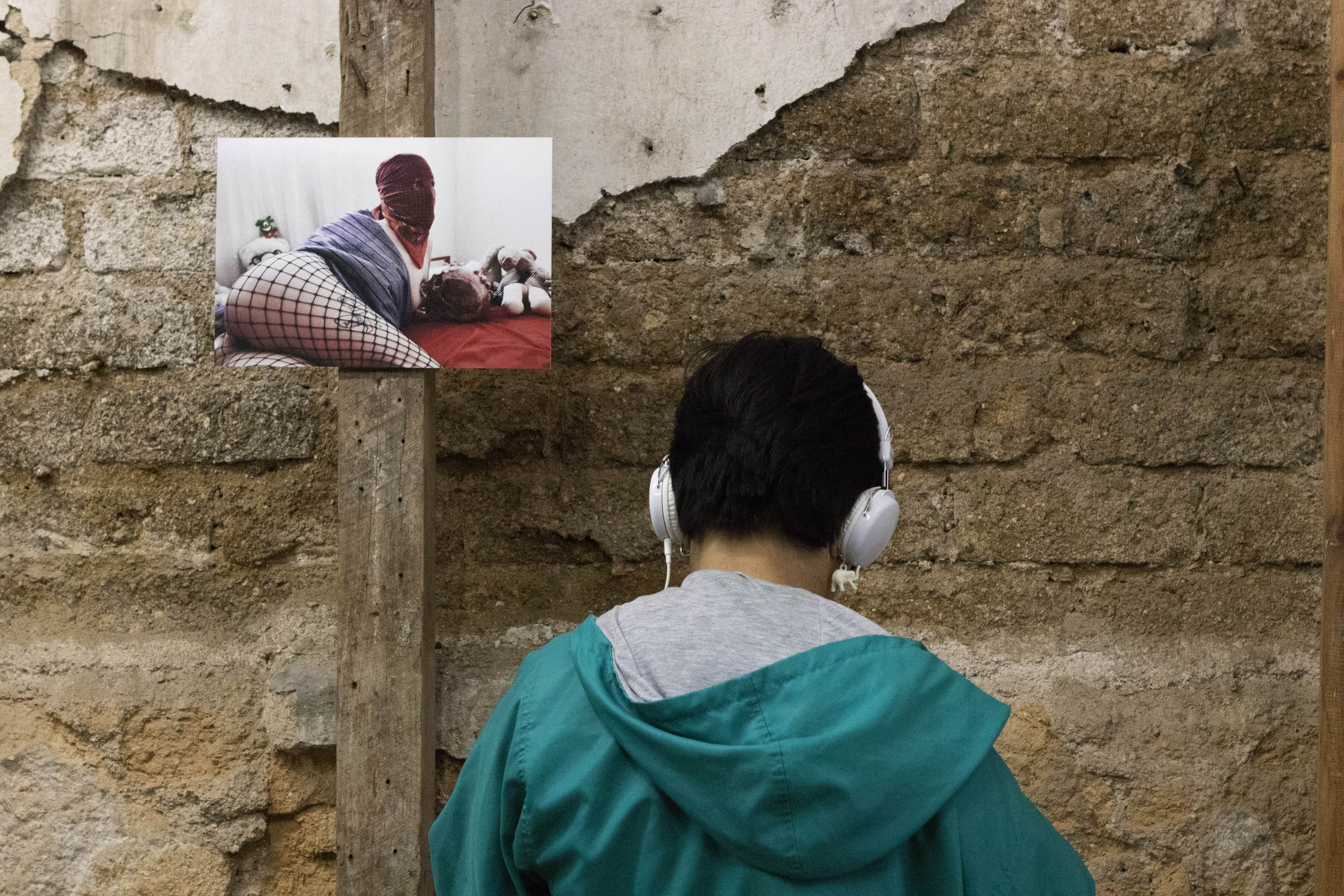
The ways in which we construct relational modes in Cuirpoétikas are based on the critique of the cis-tem in tension with the experimentation of other forms of life, in the possibility of dissent, interpellation and affection.
The Guatemalan territory was no exception to the polarization that, in the framework of the cold war, fueled violence against everything representing a threat or obstacle to the projects of capitalism. This resulted in the criminalization of multiple dissidence, including sexual dissidence, as a kind of moral arm of the state punishing everything outside of the heteronomous. The consequences of the internal armed conflict persist even after the 1996 peace agreements, and reach the LGBTQ population as a consequence of impunity. The multiple human rights violations during the conflict can be consulted in the compilation of the Historical Archive of the National Police, Guatemala, from the digital repository of the University of Texas. More information in: Del silencio a la memoria. Revelaciones del Archivo Histórico de la Policía Nacional. Guatemala: Archivo Histórico de la Policía Nacional, 2011. https://repositories.lib.utexas.edu/handle/2152/13521. (Accessed September 23, 2021); David Caballero Mariscal. “Ecos del enfrentamiento armado guatemalteco veinte años después del conflicto. El arraigo de la violencia.” LiminaR 16, no. 1 (2018),https://doi.org/10.29043/liminar.v16i1.570. (Accessed September 23, 2021); María de los Ángeles Aguilar. “La criminalización de la diversidad en los archivos policiales”. Impronta (2021), https://revistaimpronta.com/la-criminalizacion-de-la-diversidad-en-los-archivos-policiales/. (Accessed September 21, 2021).
Comments
There are no coments available.